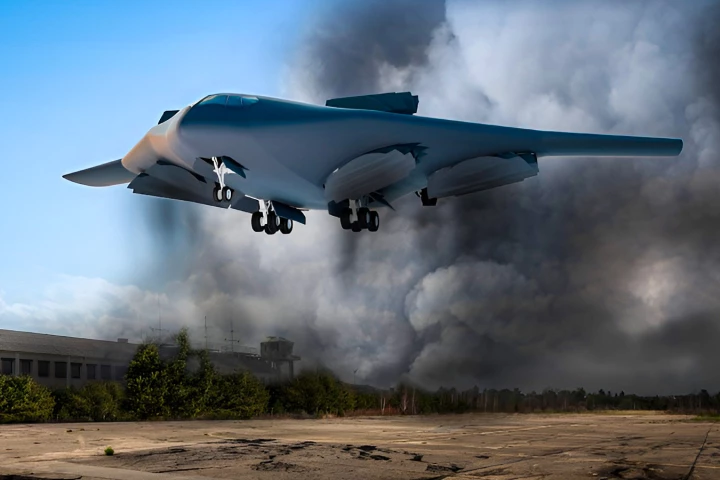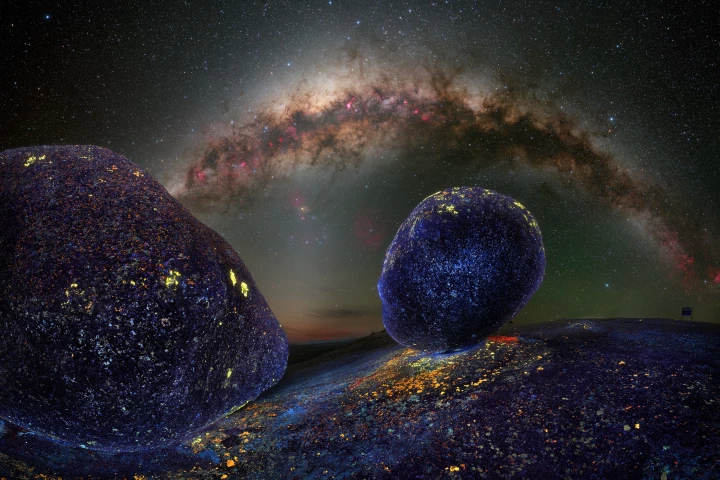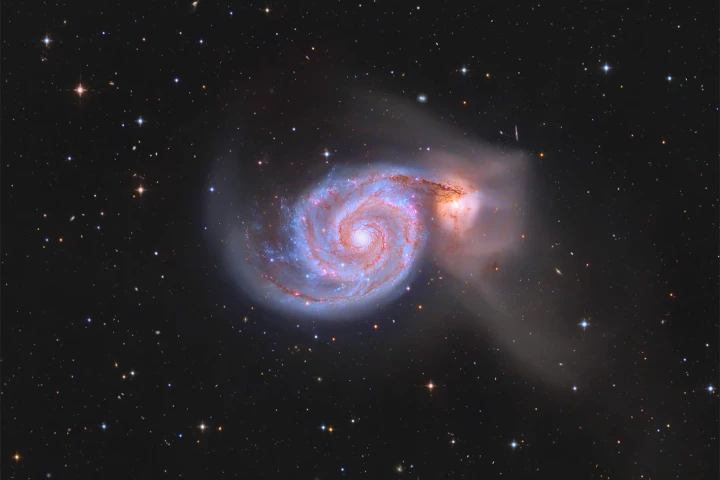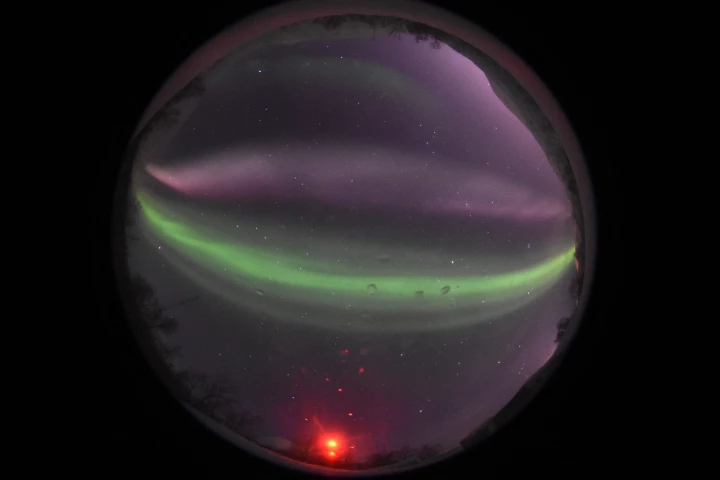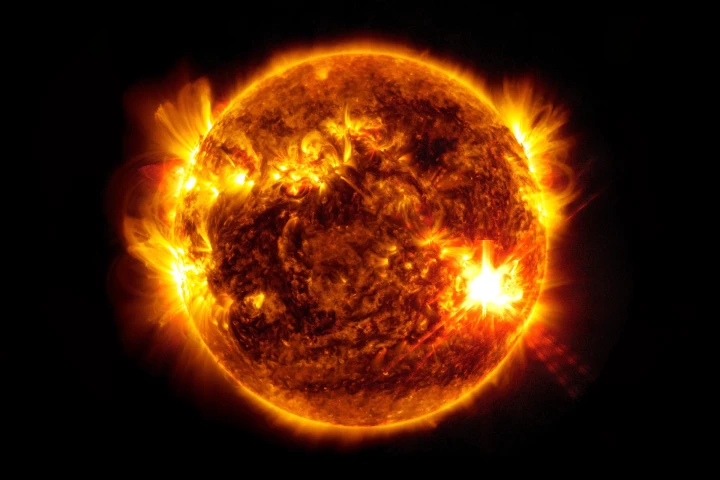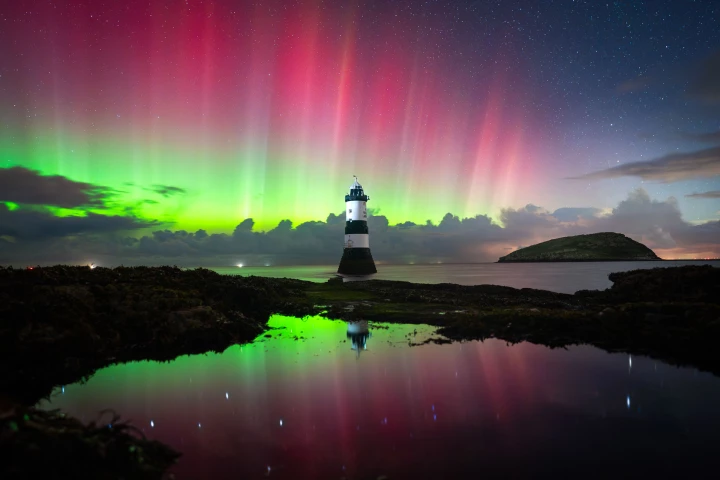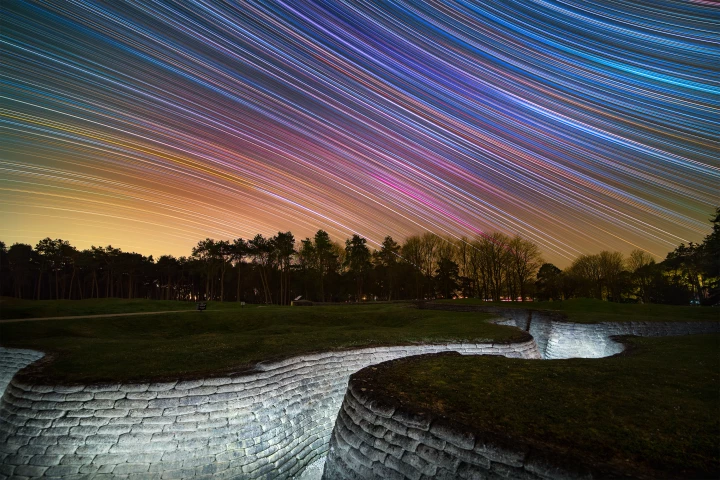aurora
-
Autonomous vehicle tech startup Aurora has launched its self-driving trucking service in Texas, starting with deliveries between Dallas and Houston. It's the first company on the planet to commercially operate driverless heavy-duty trucks.
-
The Sun is at the most active stage of its 11-year cycle, producing stunning aurora. As expected, that means the latest Northern Lights Photographer of the Year collection captures some of the brightest and most intense light shows we’ve ever seen.
-
Boeing subsidiary Aurora Flight Sciences is working on a high-speed VTOL military aircraft as part of DARPA's Speed & Runway Independent Technologies (SPRINT) program. Early ground effect testing has demonstrated its fan-in-wing vertical lift system.
-
Earth can only hold so many photography subjects – but the universe is basically infinite, and so is its beauty. The Astrophotography Prize is a relatively new international competition that celebrates this art, and this year’s winners have been unveiled.
-
Few photography subjects offer the breadth of beauty as astronomy, and the Royal Observatory Greenwich’s annual Astronomy Photographer of the Year awards celebrate that. The winners for 2024 have now been crowned, including breathtaking cosmic shots.
-
Giant shock waves emanating from the Sun can give us some breathtaking auroras here on Earth. They can also cause energy surges that can damage our infrastructure, says a new study that looks at how their angles of impact shape their consequences.
-
If you’re planning to see the aurora soon, keep an eye out for a brand new type of sky glow that’s just been discovered. This short-lived phenomenon only appears after midnight and seems to be the inverse of something just spotted a few years ago.
-
While millions of people who couldn't normally see the aurora took in the recent color-filled spectacle in the night sky, NASA's Solar Dynamics Observatory was looking straight at the sun to catch the action. The fiery footage is well worth a watch.
-
Aurora Flight Sciences has updated the design of its Liberty Lifter seaborne military heavy-lift transport – a highly efficient X-plane the company is developing for DARPA that achieves bulk lift by using wing-in-ground effect.
-
DARPA has awarded a contract to Aurora Flight Sciences to build a full-scale aircraft called the X-65. It will test a new technology that replaces moving control surfaces with Active Flow Control (AFC) actuators that use jets of air for control.
-
In good news for aurora photographers, the Sun is approaching the most active period of the solar cycle. As such, the stunning light shows in the 2023 Northern Lights Photographer of the Year collection are particularly vibrant.
-
The annual Astronomy Photographer of the Year competition highlights the beauty of the night sky. The shortlist for 2023 has now been published, starring some stunning shots of the Sun, our majestic Milky Way, and awe-inspiring aurorae.
Load More


